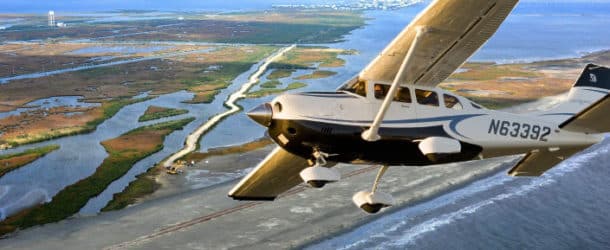By Kerri Cooke
Elmer’s Island is a 1,145-acre wildlife refuge connected to Grand Isle by a small bridge. Previously named Goat Island, it was renamed after dentist Charles Elmer, who ran a small campground there in the 1970s before Wildlife and Fishers secured the property in 2008. The island is currently known as a prime location for local wildlife and birds that are passing through the area on their migratory routes.
The island was part of the Caminada Headland project, which helped rebuild almost three miles of beach. Sand was dredged from the Gulf of Mexico, and the project has the distinction of being the most expensive piece of coastal restoration ever to be initiated in Louisiana. Millions of dollars were spent to turn the refuge into a safer place for wildlife, as well as reinstating its status as a barrier island.
Elmer’s Island has once again become a wetlands paradise. It boasts a bay that is surrounded by mangrove tree as well as sand dunes and lots of marshland. It is an ideal place for fishing, bird-watching and environmental research.
For those interested in fishing, a plethora of blue crabs, catfish, red drum, flounder and seatrout live in the salty waters of the island. Also, birdwatchers can scout out a variety of rare birds that inhabit or pass through the island. Piping plover, black skimmers and marbled godwits are a few species of interest.
Wildlife and Fisheries conducts a lot of research on Elmer’s Island and so much money was spent on restoring the area, that it came as a shock to many when plans to build an airport in the middle of the refuge surfaced.
It came to light that Wildlife and Fisheries secretary Jack Montoucet had signed an agreement with the Grand Isle Independent Levee District. He did so without going before the Wildlife and Fisheries Commission. Conservationists and researchers were not informed either.
The plan was to build an air traffic control tower, a terminal, two runways and a hanger. Part of the site would be constructed on a piece of land that was previously used as a landing place for planes in the 1950s but has now become over-grown. The rest of the airport would extend out into marshland.
The argument for the airport was that it would increase access to Elmer’s Island and boost tourism to Grand Isle. If tourism was increased, then the airport would provide more jobs.
Ironically, the airport developer would be the Grand Isle Independent Levee District which is led by the mayor of Grand Isle, David Camardelle. They would not pay anything for the land and be able to keep all of the money generated from the use of the airport.
However, constructing an airport would seem to be negating what Elmer’s Island is all about. This makes the whole idea sound like a money-making deal, even more so since the airport idea was supported by Gov. John Bel Edwards. The whole thing seems even more shady, because the failure to go before the Wildlife and Fisheries Commission was to avoid public hearings.
There are inconsistencies with local and state officials’ goals for Elmer’s Island. A lot of money was spent on preserving wildlife habitat and bringing endangered species back to the area. Beach grasses were planted, trash was removed and bird nest protections were put in place.
Elmer’s Island is known to be an important stop for over 5 million birds that migrate from South America to North America, as well as home to a healthy number of local birds. Also, after its restoration, an endangered turtle called the diamondback terrapin was found nesting there.
No motorized vehicles are allowed on the beach, so how is an airplane in the refuge acceptable? Vital marshland would be destroyed, and the noise of an aircraft would not only scare away many of the birds, but the presence of a high number of birds close to a plane presents danger. Bird strikes are a big danger to plane engines and can cause engine failure. Wildlife collisions cost U.S. aviation approximately $625 million every year.
Airports near to large bird populations have to abide by special regulations. These regulations can include shrinking the birds’ habitat, spraying toxic chemicals or installing noise canons.
To add insult to injury, the airport was planned for an area that was previously eyed to be a new bird-watching area — equipped with a boardwalk and observation deck.
Outcry from the local population and environmental groups sparked an overdue hearing. Many conservationists showed up to protest, but before they could, Montoucet announced that the airport agreement had been canceled.
The people prevailed in this instance, but it makes you wonder what officials were thinking when they came up with this idea. It sure looks like it was in the best interest of personal pocketbooks and not the welfare of the state.
















Comments are closed.